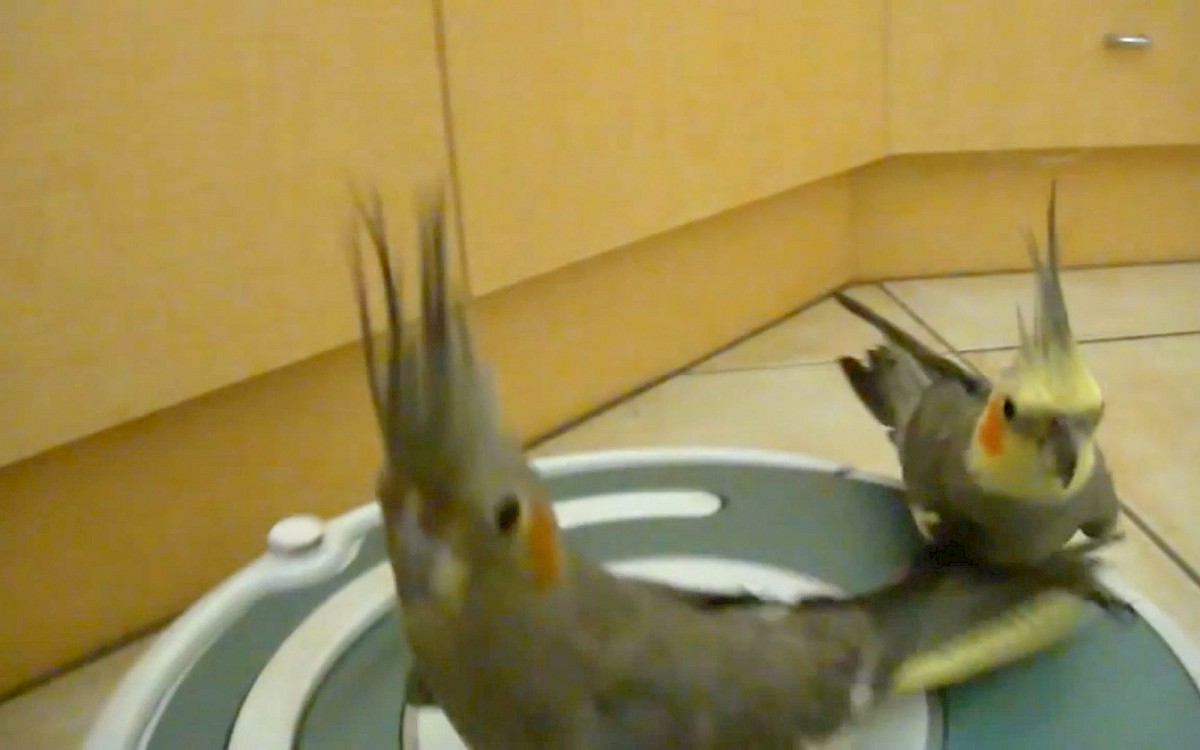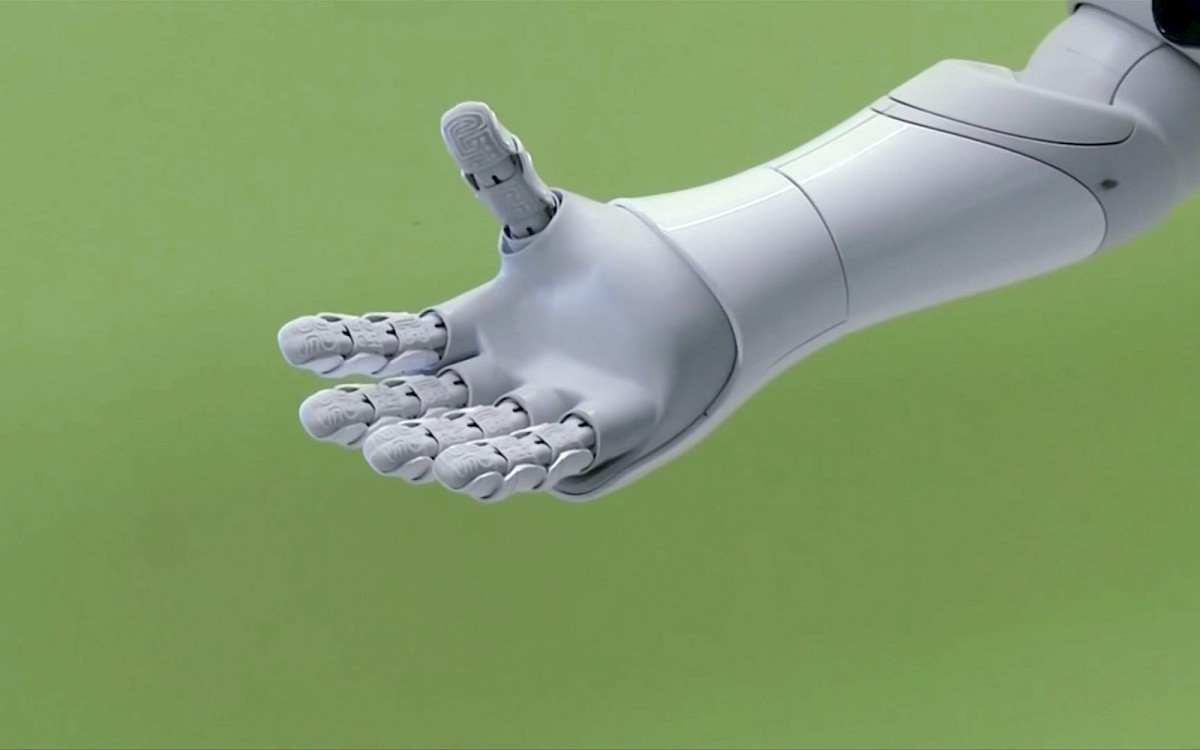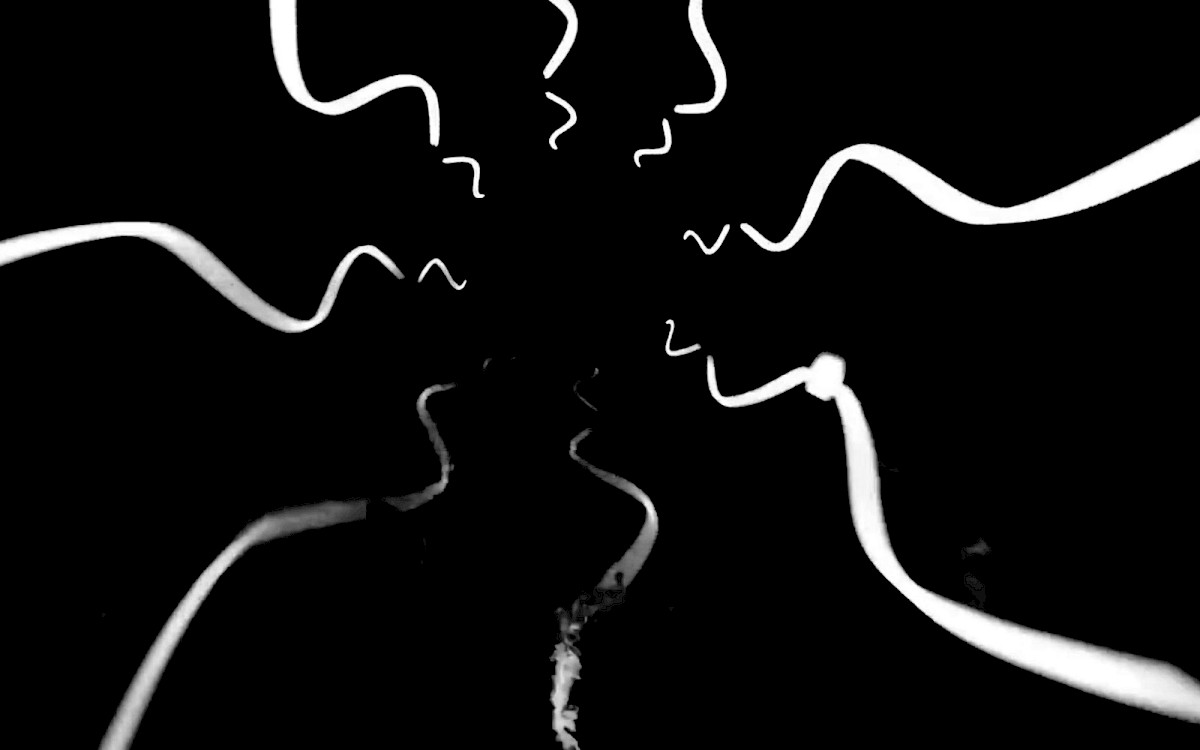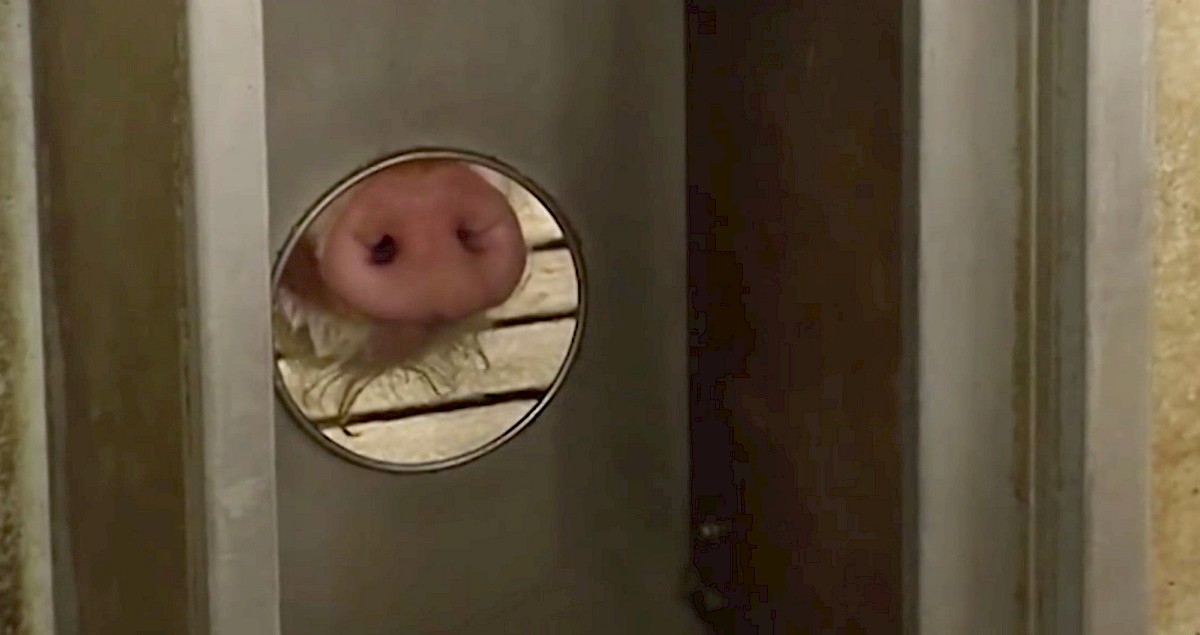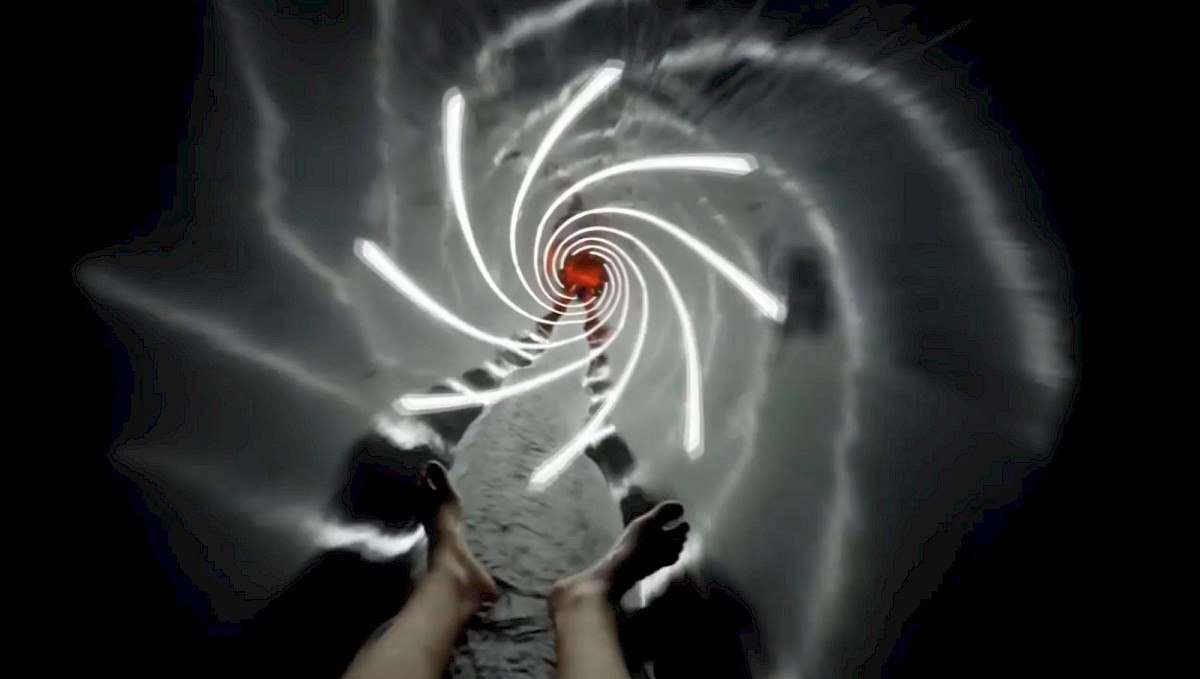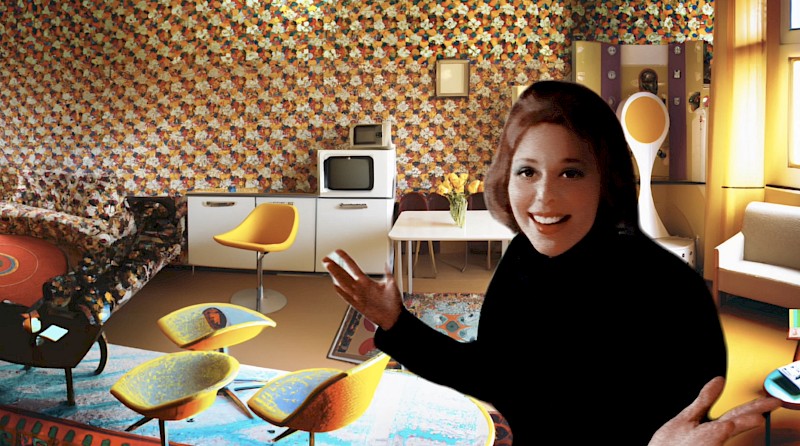Welcome to Erewhon
Welcome to Erewhon directed with Stéphane Degoutin et Pierre Cassou-Noguès.
Welcome to Erewhon emerges from images circulating on the Internet. It is a loose adaptation of a philosophical fable published in 1872 by the British writer Samuel Butler. This utopian satire, which is set in the fictitious city of Erewhon, proposes that we consider technological progress and automation as the evolution of the “machine” species, comparable to the evolution of biological species, but much faster. This hypothesis governs the habits and mores of its inhabitants, down to the smallest aspects of their lives. The eleven chapters, each accompanied by a text, come together in a 52-minute film.
They can be seen on the platform welcometoerewhon.com
Like Butler’s narrative, Welcome to Erewhon depicts a city located in a parallel present. Factories produce everything that is needed for life. Warehousing and handling are outsourced to hangars outside the city, devoid of humans. Farms raise and process plants and animals. Vehicles deliver them. Software optimizes the system. Inhabitants are freed of all chores, and devote themselves to leisurely activities. Robots massage inhabitants, or cook for them. Cats equipped with GPS map out the territory. Robot vacuums awaken to sensuality. Pigs have their brains networked and enlarged.
Humans, animals, and plants are linked by a data center interconnect system that processes mental matter, thus conserving the city’s memory. Algorithms can give voice to the dead. This is how the spirit of Samuel Butler can still circulate through images of the city. A secret kinship has always connected machines and cats. In Erewhon, the two species have established a strange kind of sympathy. Humans, who have been left out, are content with exchanging images of cats riding robot vacuums.
Credits
- Visit the project's website: Welcome to Erewhon
- Production: Lissandra Haulica, Irrévérence films
- Directors : Pierre Cassou-Noguès, Stéphane Degoutin and Gwenola Wagon
- Scenario : Pierre Cassou-Noguès, Stéphane Degoutin and Gwenola Wagon
- Original music: Méryll Ampe
- Voices: Jean-Luc Vincent, Pauline Belle, Marie-Bénédicte Cazeneuve
- Assistant editor: Cécile Bicler and Alice de Lima
- Graphic design and development: Raphaël Bastide and Louise Drulhe
- Voice recording: Joaquim Peirera
- Sound mixing: Joaquim Peirera
- Film rights research: Alban Leveau-Vallier
- Acknowledgments: Daphné Bengoa, Olivier Bosson, Cantor Bourdeaux, Frédéric Danos, Doris Erelljisé-Lanzmann, Sydney Levy, Olivier Perriquet, Geoffroy Wagon
- Co-production: Dispositif pour la création multimédia, CNC - Dicréam
- Jeu de Paume espace virtuel
- With support from: Artec, Agence Nationale de la Recherche, Laboratoire TEAMeD, Université Paris 8
